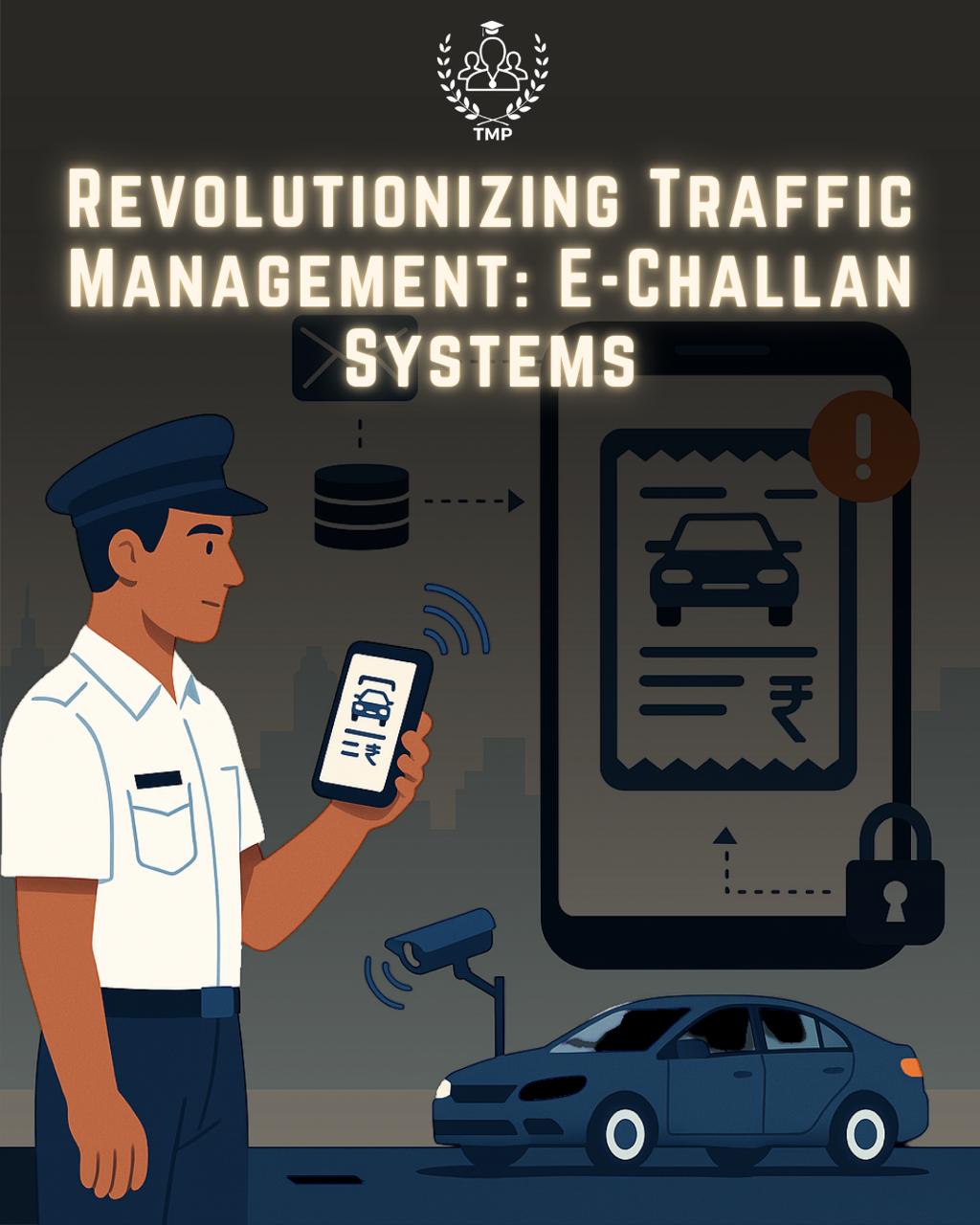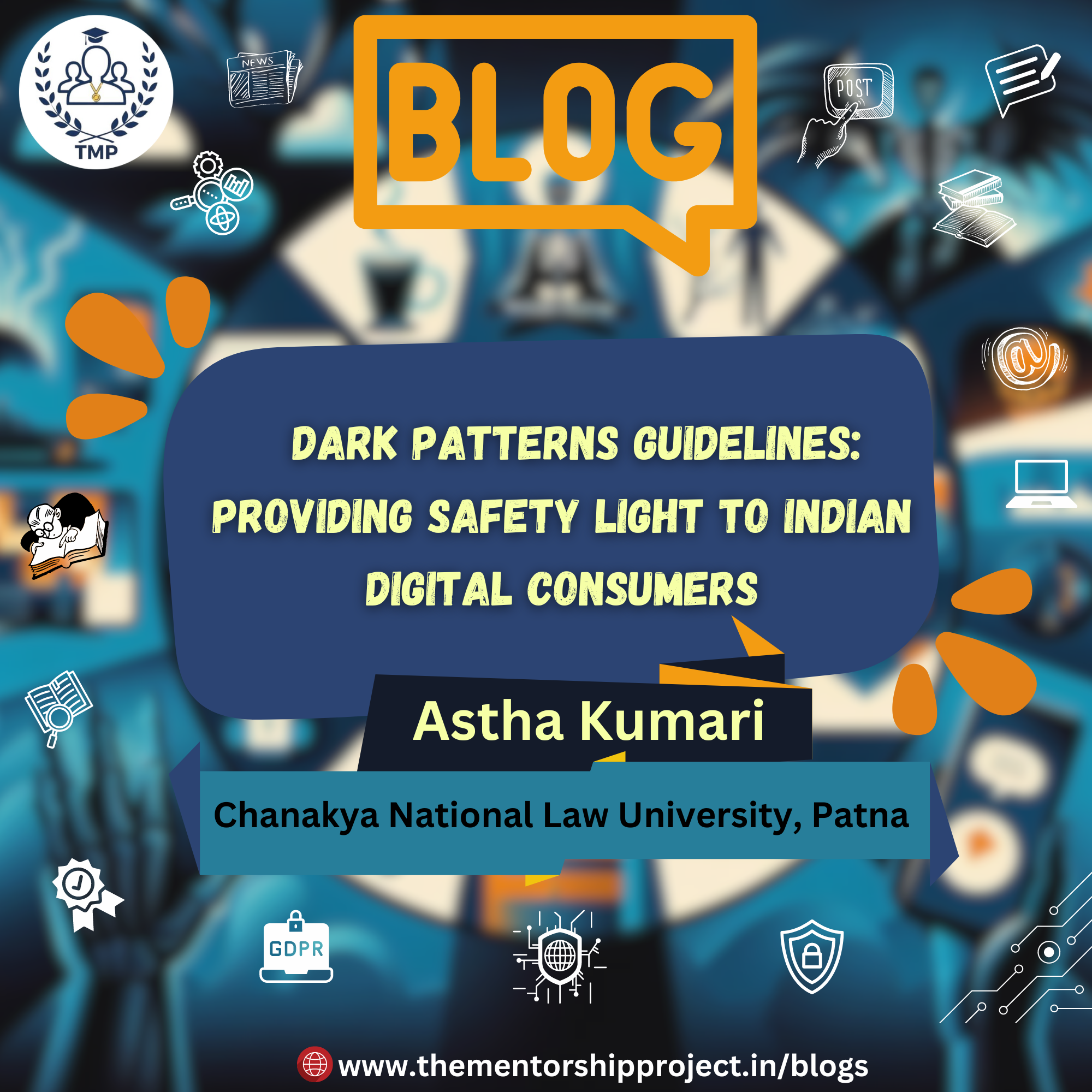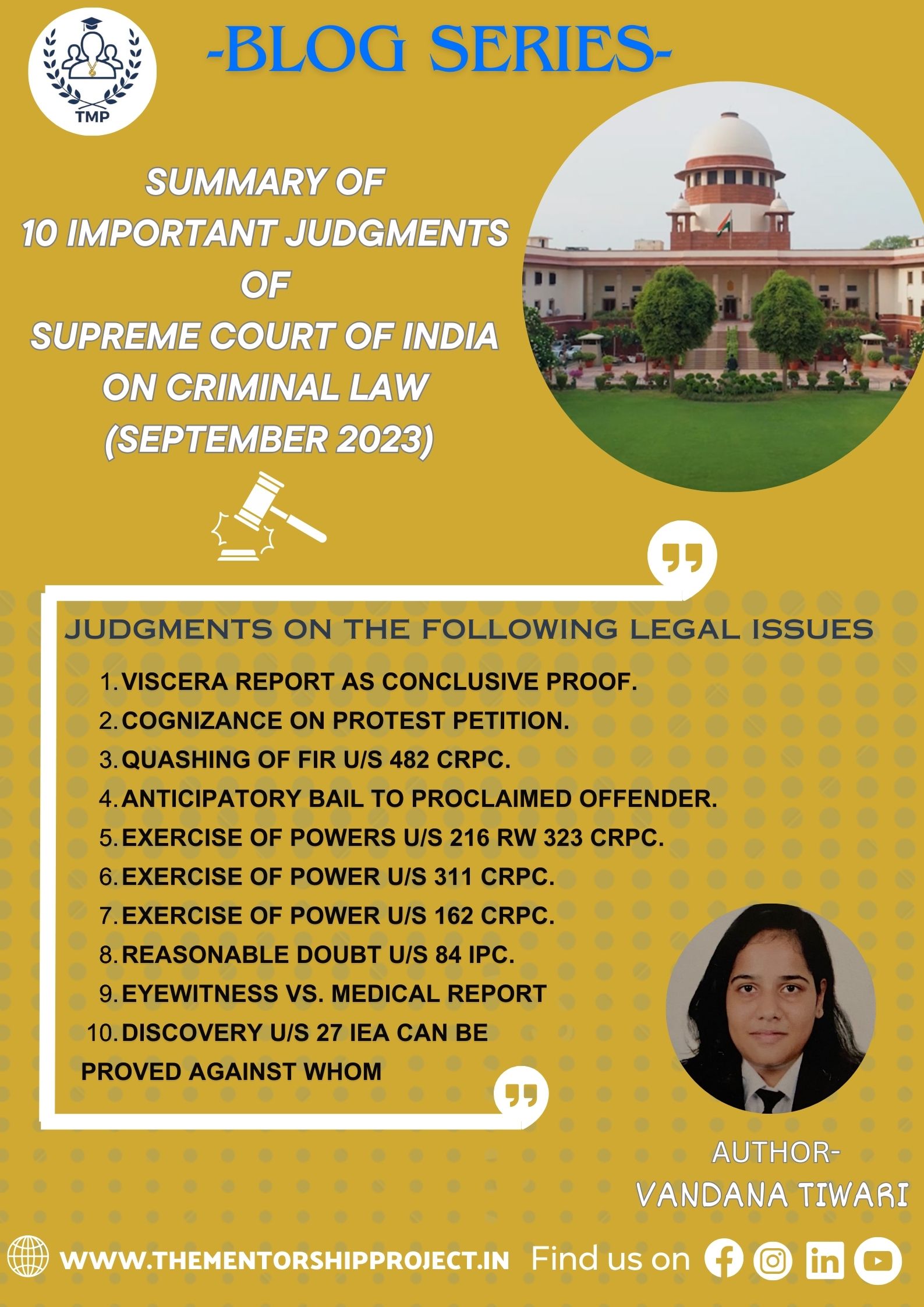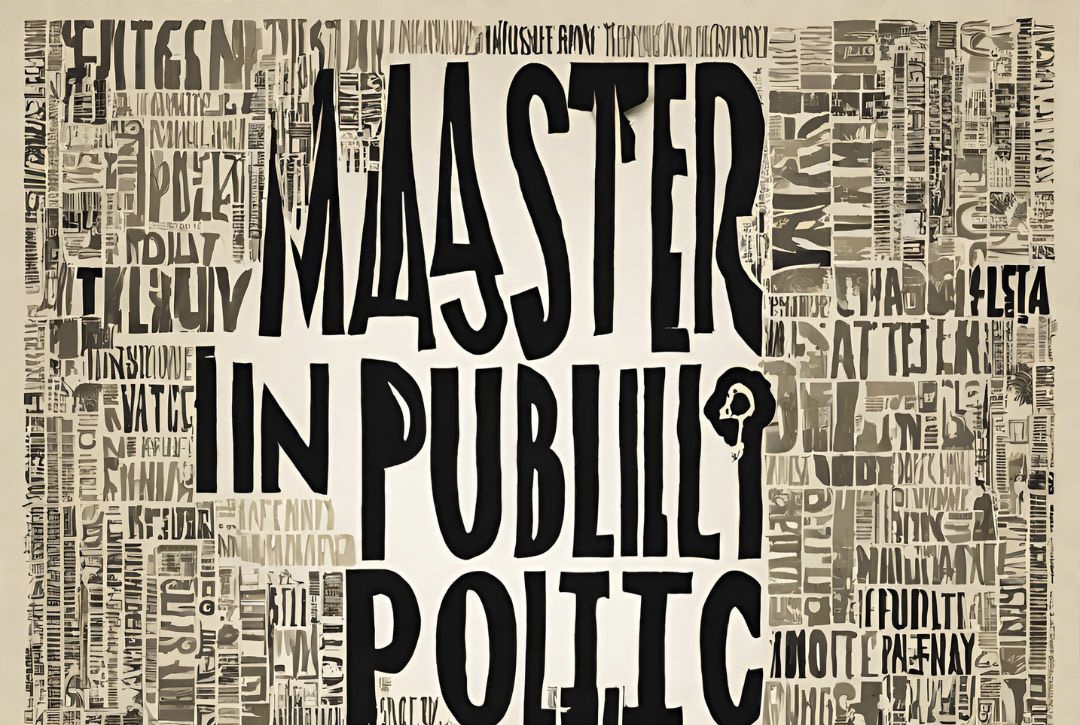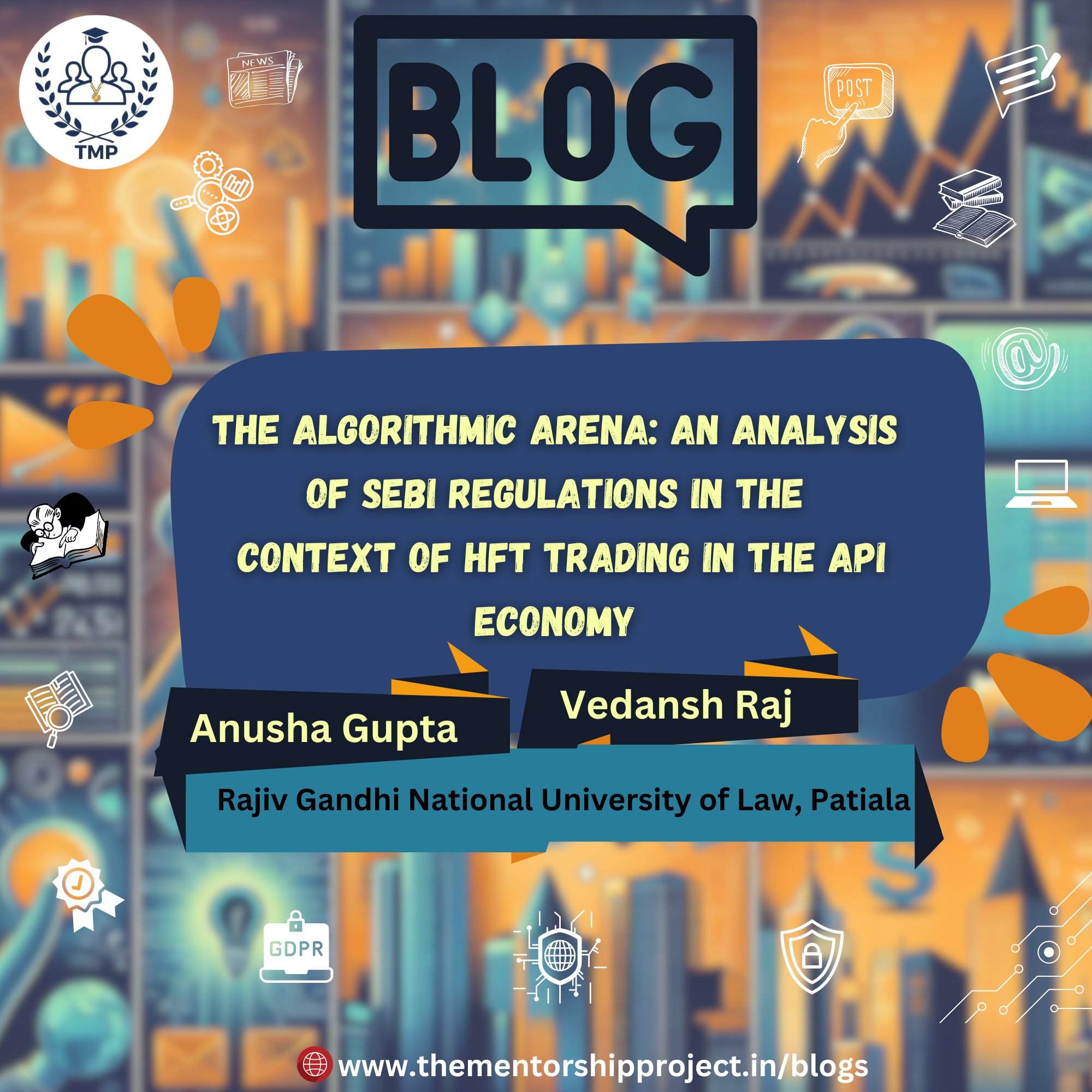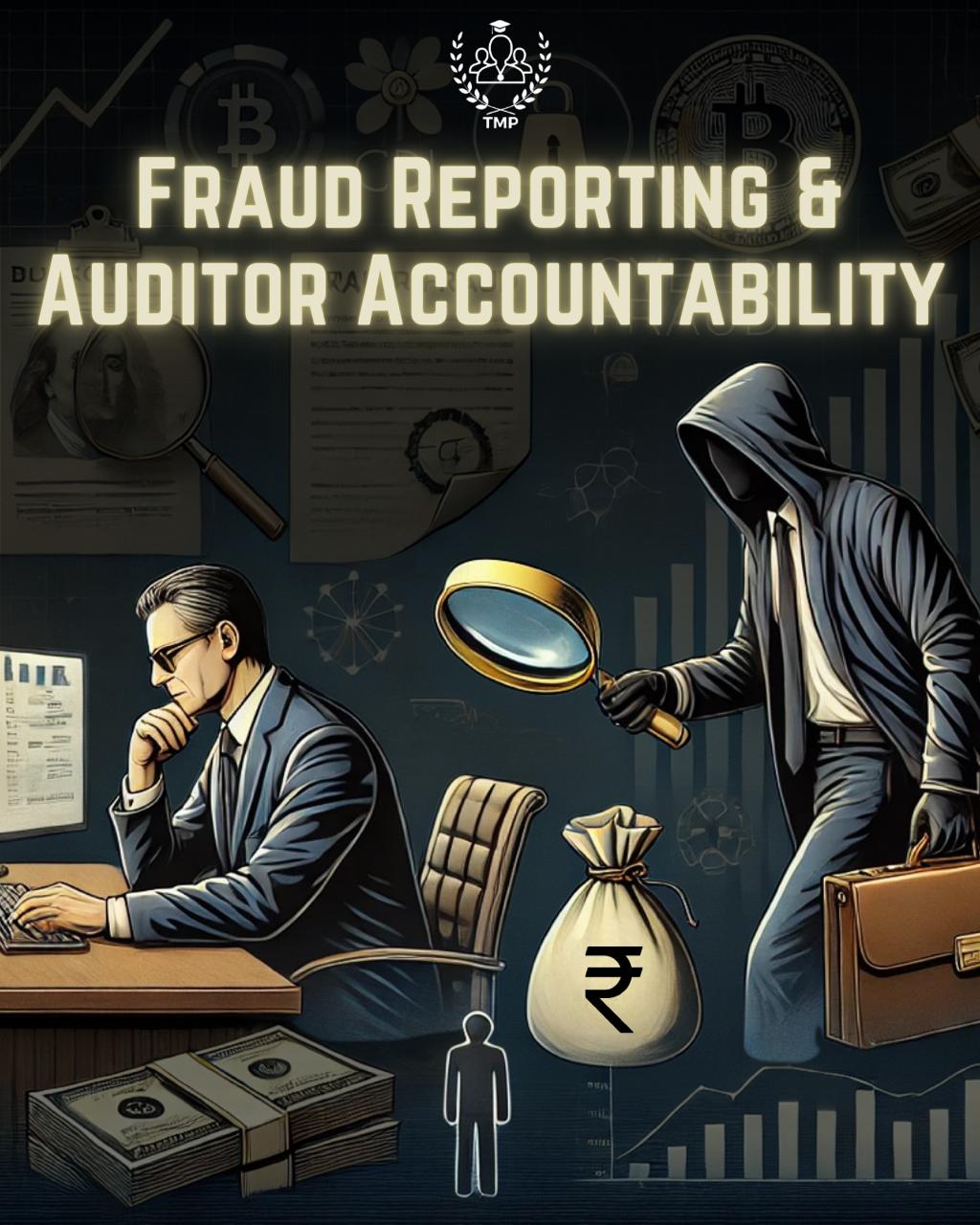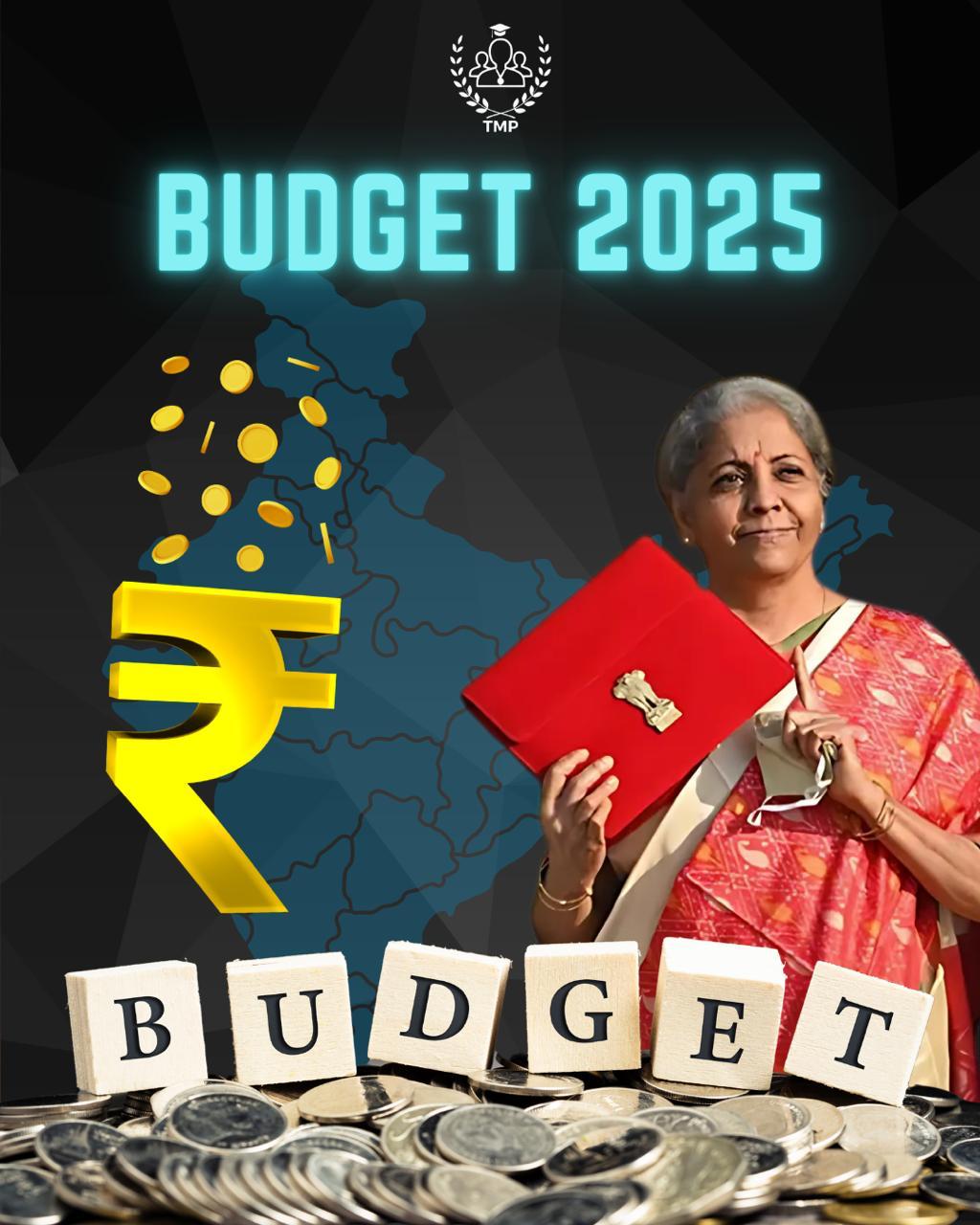April 17 , 2025
Revolutionizing Traffic Management: E-Challan Systems
The Motor Vehicles Act, 1988 is a key framework for traffic regulation in India. Over time, technological developments have altered traffic enforcement, with the e-challan system being one of the most significant. This digital approach has increased efficiency and transparency, transforming how traffic offenses are handled. However, difficulties exist, particularly in addressing concerns over unfair fines. Hence, while e-challan systems promise to redefine traffic enforcement, their true success hinges on bridging the gap between efficiency and justice in the face of wrongful fines.
E-Challan Systems: Main Features
E-challan systems reflect a transition from traditional paper-based procedures to a totally digital approach for issuing traffic fines. These systems use advanced technology to document and manage violations.
The main features of e-challan systems include fast notifications to violators, the simplicity of online payments, integration with centralized car and driver registries, and the ability to trace violations digitally. This change has enhanced both the enforcement procedure and accountability, as all transactions are now electronically documented and easily traceable.
Efficiency in Enforcement
The use of e-challan systems has greatly improved traffic enforcement processes across the country, providing numerous benefits that directly address the inefficiencies of previous approaches. One of the most noticeable enhancements is the automation of detecting and recording traffic offenses. This shift away from manual processes has considerably decreased the stress on traffic officers, allowing them to focus on preserving road safety rather than handling lengthy paperwork. Handheld gadgets linked to a centralized database allow officers to issue challans quickly, saving time on administrative tasks and assuring faster enforcement. The seamless integration of technology into this process has ushered in a new era of efficiency for both the government and the general people.
Transparency is another key benefit of the e-challan system. Unlike traditional techniques, which frequently lacked a clear trail of documentation, the e-challan procedure ensures that each step is properly documented. Violators are sent rapid notifications via SMS or email, outlining the nature of the infringement and the related penalties. This level of transparency has increased public trust, since they can check the authenticity of the challan and even access information via internet platforms. Furthermore, the system's digital design lowers potential for corruption by electronically documenting and monitoring every transaction, assuring accountability at all levels.
The e-challan system's ease of payment has also contributed significantly to higher compliance rates. Violators are no longer needed to pay fines in person at traffic offices. Instead, they can use a variety of online payment options, such as debit and credit cards, UPI, or mobile wallets. This convenience encourages prompt payments, which helps state governments streamline their tax collecting processes. As a result, traffic departments have experienced a significant rise in money, which can be reinvested in infrastructure development and other safety measures.
Challenges Faced by E-Challan Systems
E-challan systems have greatly improved traffic enforcement, however they have limits. Technical faults, such as misidentification of violators, challan duplication, or the imposition of improper fines, undermine public faith. For example, automated cameras may misunderstand license plates, resulting in penalties for innocent drivers. To maintain operational accuracy, improved error detection techniques and dependable technology frameworks are required.
Another significant difficulty is citizens' lack of information about the e-challan system. Urban communities with higher levels of digital literacy have embraced it, but many rural and semi-urban residents struggle to understand payment systems, dispute fines, and access grievance resolution mechanisms. Poor digital infrastructure, restricted internet connectivity, and pricing challenges increase the divide, excluding a sizable segment of the population and raising concerns about inclusivity.
Despite the fact that automation has reduced corruption, there are still instances of system misuse or manual tampering. These can result in unjust fines, further undermining trust in the system. Procedural delays, such as delayed database updates or lengthy dispute procedures, exacerbate consumers' dissatisfaction and make the experience onerous.
To address these concerns, authorities must implement equitable solutions, increase digital accessibility, and promote openness in enforcement. Simplifying processes and improving public knowledge can help to close gaps, making the e-challan system more effective and accessible to all individuals.
Grievance Redressal Mechanisms
Grievance redressal methods are critical for resolving disagreements and errors that arise from the issuance of e-challans. Citizens who believe they have been wrongfully fined can file an appeal through online platforms such as the Ministry of Road Transport and Highways' eChallangrievance system or at designated traffic police stations. These platforms frequently ask users to supply precise information, such as the challan number, car registration details, and a description of the problem. Dashcam footage, GPS data, and witness statements can all help strengthen their case.
To provide justice, traffic courts play an important role in such situations. These courts methodically scrutinize the evidence offered, including photographic or video recording of the purported infraction, to determine whether the fine is legal. Their independent analysis contributes to justice and transparency in the enforcement process.
Transparency in traffic enforcement is equally important. Measures such as body-worn cameras for traffic officers and blockchain-enabled data traceability systems have been implemented to improve accountability and eliminate disputes. These systems record every incident of enforcement, providing indisputable evidence in the event of a disagreement.
However, navigating the grievance process can be challenging for individuals unfamiliar with digital platforms or lacking resources to contest fines effectively. Efforts to simplify these processes, such as user-friendly mobile applications and multilingual support, are vital to ensure accessibility for all citizens. By fostering transparency and streamlining grievance redressal mechanisms, authorities can build trust and encourage compliance with traffic regulations.
Recommendations for Improvement
??A variety of initiatives can be made to improve the efficiency of e-challan systems and grievance redressal methods. Public awareness initiatives are critical in educating citizens about their rights and the procedures for contesting penalties. These campaigns can be launched using social media, community engagement programs, and public announcements.
Technological improvements, such as the incorporation of artificial intelligence and Internet of Things sensors, can improve the accuracy of violation detection while reducing errors. Strengthening digital infrastructure in rural areas is another key step toward ensuring widespread system accessibility. Simplifying grievance redressal processes through dedicated helplines and mobile apps can also improve the system's usability and efficiency.
Conclusion
The e-challan system is an undeniable step forward in traffic management under the Motor Vehicles Act of 1988. Its capacity to expedite processes, improve transparency, and increase compliance has transformed the way traffic enforcement works. By implementing automation and centralized data systems, it has lowered the burden on traffic officers while increasing public trust. Furthermore, the availability of online payment alternatives has made compliance easier, encouraging violators to pay fines quickly. These advantages combined present the e-challan system as a game-changing instrument for improving road safety and traffic management.
However, the system must solve current issues in order to reach its full potential. Critical impediments include erroneous fines caused by technical errors and a persisting digital gap. Many residents, particularly in rural areas, struggle with restricted access to technology and a lack of knowledge about how to interact with the system. This inequality has the potential to deprive a major segment of the population of its advantages.
To maintain justice and inclusivity, efforts must be directed at enhancing grievance redressal systems, increasing public awareness, and harnessing modern technologies such as AI to improve accuracy. Finding the correct balance between technological innovation and protecting citizens' rights will be critical to developing an efficient, equitable, and generally adopted system.
(Author- Anisha Giri Goswami, Student at National Law Institute University, Bhopal. Views expressed are personal)
Footnotes
1) LegalKart, 'E-Challans: Revolutionising Traffic Compliance in India' (LegalKart, 26 May 2022) https://www.legalkart.com/legal-blog/e-challans-revolutionising-traffic-compliance-in-india accessed 2 April 2025.
2) Acko, 'How E-Challan Works in India?' (Acko, 17 November 2023) https://www.acko.com/traffic-rules/how-e-challan-works-in-india/ accessed 2 April 2025.
3) Bajaj Finserv, 'How E-Challan Works in India' (Bajaj Finserv, 17 August 2023) https://www.bajajfinserv.in/insurance/how-e-challan-works-in-india accessed 3 April 2025.
4) New Indian Express, 'Wrong E-Challans for Traffic Violations a New Bother for Citizens' (The New Indian Express, 4 March 2025) https://www.newindianexpress.com/states/odisha/2025/Mar/04/wrong-e-challans-for-traffic-violations-a-new-bother-for-citizens accessed 3 April 2025.
5) Maharashtra Highway Police, 'Grievance Redressal' (Maharashtra Highway Police) https://highwaypolice.maharashtra.gov.in/grivevance-redressal/ accessed 4 April 2025.
6) Department of Justice, 'Redressal of Public Grievances' (Ministry of Law and Justice, Government of India) https://doj.gov.in/redressal-of-public-grievances/ accessed 4 April 2025.
7) The Times of India, 'Indore Cops to Use Body-Worn Cameras for Enhanced Transparency, Efficiency' (The Times of India, 25 March 2024) https://timesofindia.indiatimes.com/city/indore/indore-cops-to-use-body-worn-cameras-for-enhanced-transparency-efficiency/articleshow/116575230.cms accessed 4 April 2025
8) Saikia D and Sutradhar B, 'Smart Surveillance and Urban Mobility: Evaluating the Impact of E-Challan Systems in Indian Cities' (2024) 6 Frontiers in Sustainable Cities https://www.frontiersin.org/journals/sustainable-cities/articles/10.3389/frsc.2024.1426036/full accessed 4 April 2025.
9) Mumbai Traffic Police, 'Grievance Redressal' (Mumbai Traffic Police) https://trafficpolicemumbai.maharashtra.gov.in/grievance-redressal/ accessed 4 April 2025.
10) Park+, 'How to Skip Traffic Challan Violations in India' (Park+, 8 August 2023) https://parkplus.io/blog/fastag/how-to-skip-traffic-challan-violations-in-india accessed 4 April 2025.
11) Press Information Bureau, 'Ministry of Road Transport and Highways Implements IT-Based Enforcement for Electronic Monitoring of Road Safety' (PIB, 15 February 2024) https://pib.gov.in/PressReleaseIframePage.aspx?PRID=2115576 accessed 4 April 2025.

